How Did A 17-Year-Old Girl Survive 11 Days In The Amazon Jungle After A Plane Crash?
Imagine you’re excitedly flying home to see your family after being away for a long time when an unexpected accident occurs. The same goes with the girl in the story below.
She was on a flight with her mother to reunite with her father for Christmas when a bolt of lightning struck the airplane. She found herself plummeting from the sky into one of the world’s most dangerous rainforests.
This might sound like the beginning of an intense survival movie, but for 17-year-old Juliane Koepcke, it was a horrifying reality.
On December 24, 1971, Juliane became the sole survivor of LANSA Flight 508, and her story of survival in the Amazon jungle is nothing short of miraculous.
The unexpected turn of events on LANSA Flight 508
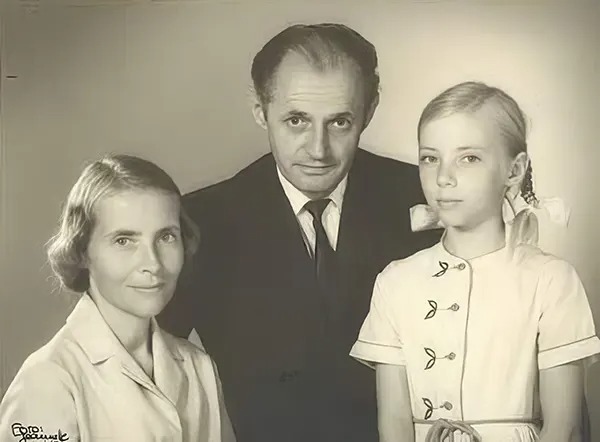
Juliane Koepcke’s life before that tragic day was closely connected to the Amazon rainforest. Born on October 10, 1954, in Lima, Peru, she was the only child of German zoologists Maria and Hans-Wilhelm Koepcke.

Her parents had moved to Peru to follow their passions for zoology and environmental studies. They eventually set up the Panguana biological research station deep in the Amazon.
From a young age, Juliane was surrounded by the wilderness, where she learned survival skills.

On December 23, 1971, just a day before the plane crash, Juliane graduated from high school in Lima.
Even though her father had warned them about the dangers of flying with LANSA Airlines, Juliane and her mother boarded Flight 508 on Christmas Eve to return to Panguana.

The flight was supposed to be a quick, hour-long trip, but things took a terrifying turn as the plane neared its destination. The plane began to shake violently, and luggage started falling from the overhead compartments.

Juliane then saw a bright flash of lightning that struck one of the plane’s engines and broke off the wing. The last words Juliane heard from her mother were, “That is the end; it’s all over.”
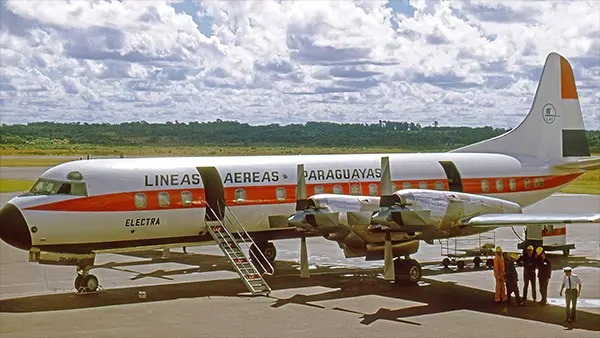
In the blink of an eye, the plane broke apart, and Juliane found herself free-falling from 10,000 feet, still strapped to her seat.
The miracle of survival

When Juliane woke up, she was lying in the dense Amazon rainforest, surrounded by the wreckage of the plane. Miraculously, she had survived the fall with only minor injuries: a concussion, a broken collarbone, deep cuts on her leg, and severe bruises.

But her nightmare was far from over—she was alone, injured, and stranded in one of the most dangerous places on Earth.

Juliane’s instincts, sharpened by years of living in the jungle with her parents, quickly took over. She remembered her father’s advice:
“If you ever find yourself lost in the jungle, look for water and follow it. You’ll eventually find a larger body of water – and, likely enough, human settlement.”
Holding on to these words, Juliane set out to find a stream, knowing that it could lead her to safety.

Juliane stumbled through the rainforest with one eye swollen shut and without her glasses, which she desperately needed due to her nearsightedness. She often waded through streams to avoid venomous snakes and the unstable ground.
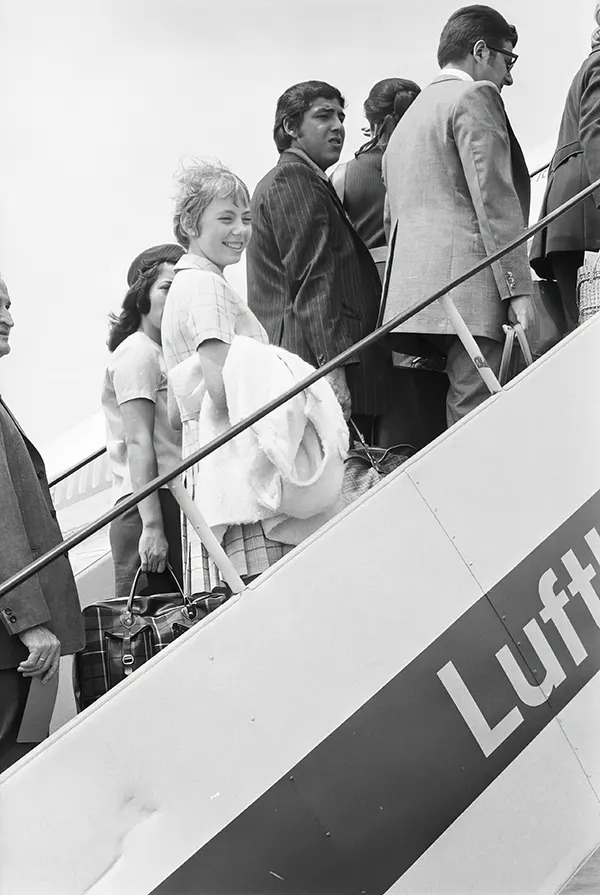
For the next 11 days, she fought through the unforgiving jungle, surviving on nothing but a small bag of candy she had found among the wreckage.
The struggles of a jungle survivor

The Amazon is known for its extreme conditions—scorching heat during the day, frigid temperatures at night, and a myriad of deadly creatures hiding in every corner. Insects swarmed her relentlessly, biting and stinging, adding to her misery.
At one point, she discovered a deep gash on her arm had become infested with maggots.

On the fourth day of her journey, she came across a heartbreaking sight—the bodies of three fellow passengers, still strapped to their seats, buried head-first into the ground. Despite the horror, she bravely checked to see if one of them was her mother, but it wasn’t.
Juliane continued her journey with a heavy heart, knowing she had to keep moving if she wanted to survive.
The unlikely rescue

By the ninth day, Juliane was weak and exhausted. She had been unable to signal to the rescue planes and helicopters that occasionally flew overhead as the thick canopy of the rainforest obscured her from view.
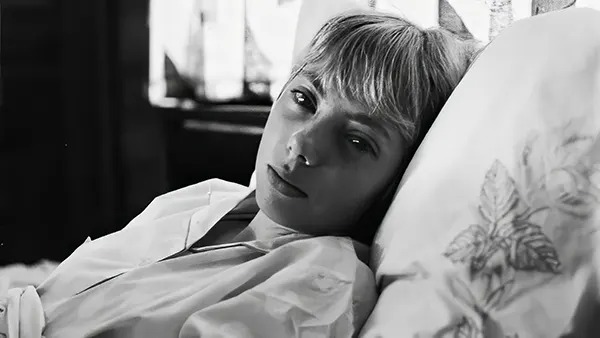
Just when she was about to lose hope, she stumbled upon a small hut with a boat nearby. Inside the hut, she found a liter of gasoline, which she used to treat the maggots in her wound.

The next day, Juliane heard voices—local fishermen had returned to the hut. Initially, they were frightened by her appearance, mistaking her for a water goddess from local legends.

But Juliane spoke in Spanish that she was human and had survived a plane crash. The fishermen took her by boat to the nearest village, where she was airlifted to a hospital.
Life after the ordeal

Juliane Koepcke’s survival was nothing short of a miracle. She was the sole survivor of the 92 passengers and crew aboard LANSA Flight 508.
Tragically, her mother had also survived the crash but died from her injuries a few days later. The question of why she was the only survivor haunted Juliane for years.
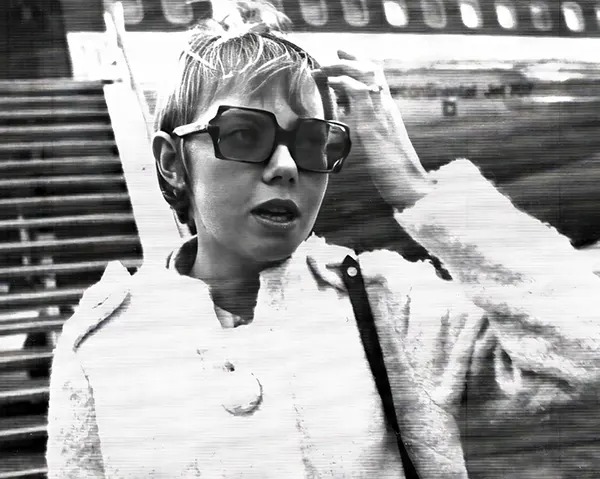
After healing from her physical wounds, Juliane moved to Germany, where she threw herself into her studies. She eventually earned her doctorate in biology, a path that seemed almost destined, given her upbringing.

Returning to Peru to continue her work in mammalogy, she honored her parents’ legacy of environmental conservation, keeping their dream alive in the very jungle that had once threatened to take everything from her.

In 1998, Juliane revisited the crash site with filmmaker Werner Herzog for the documentary “Wings of Hope.” Herzog had narrowly missed being on the same flight, and the experience was deeply personal for both of them.
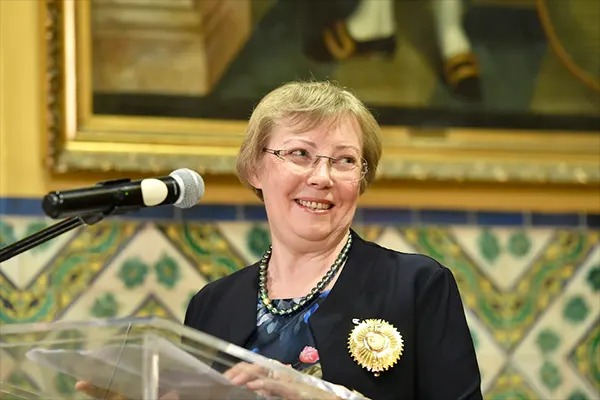
For Juliane, it was a chance to find closure. Facing the site of her greatest trauma, she was able to process the ordeal from a different perspective.
Despite the passage of time, Juliane Koepcke’s story remains one of the most extraordinary tales of survival ever recorded.

